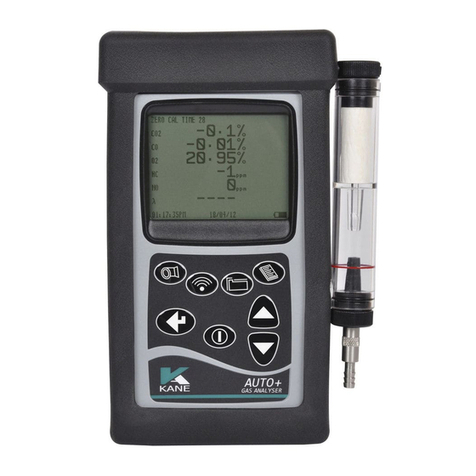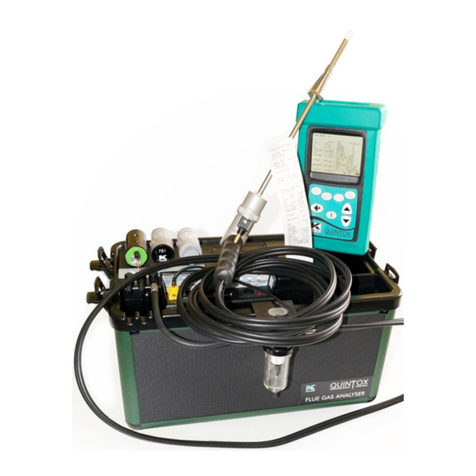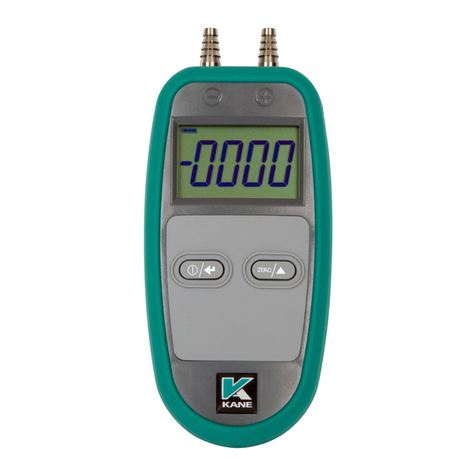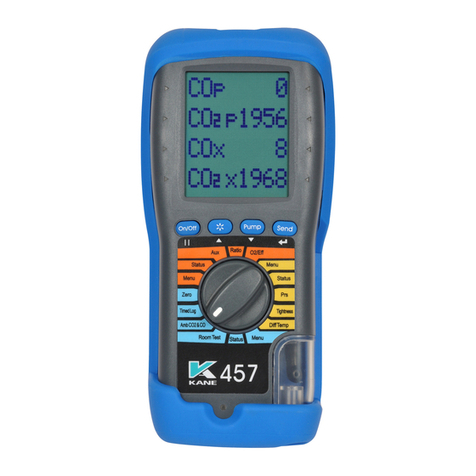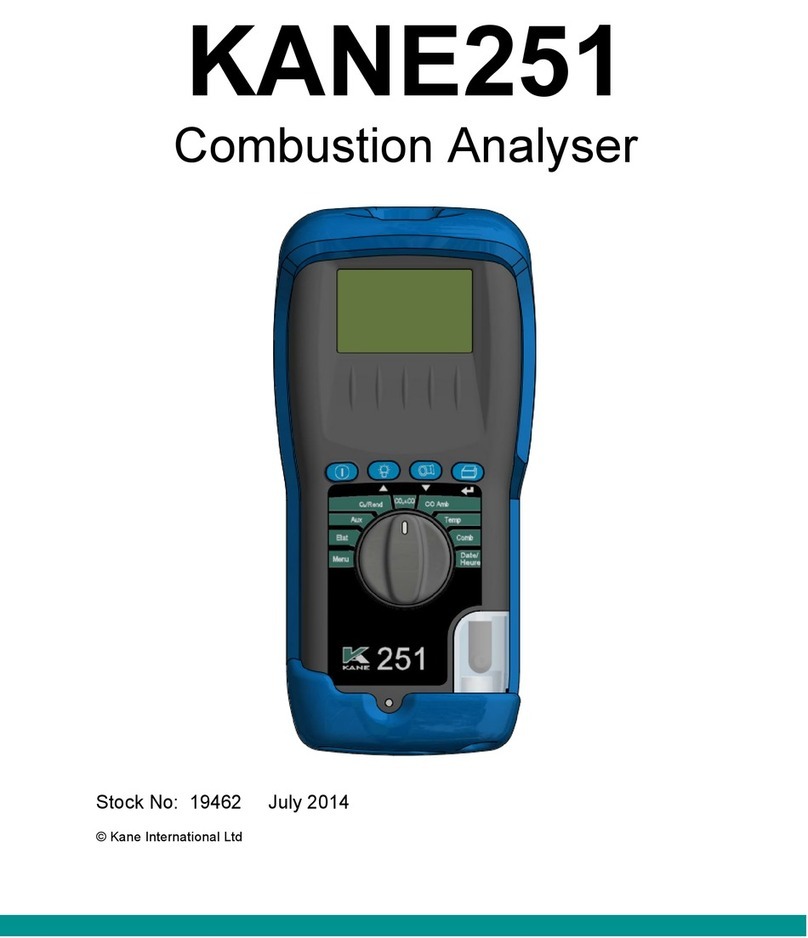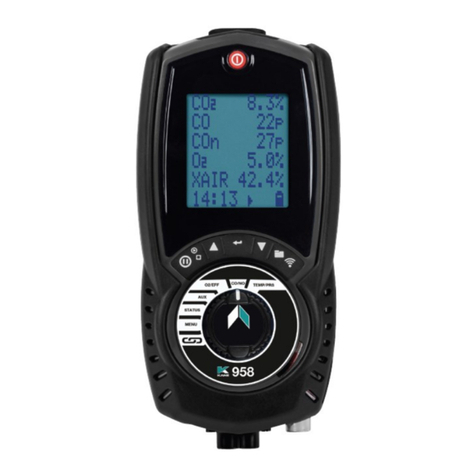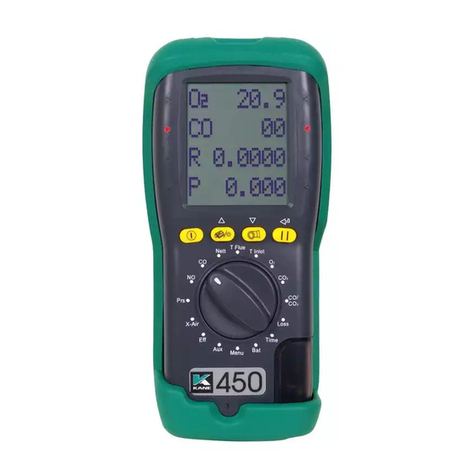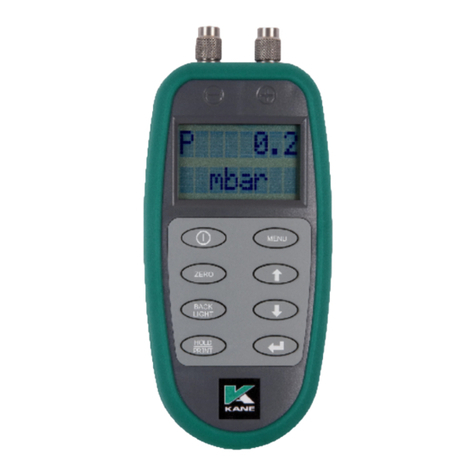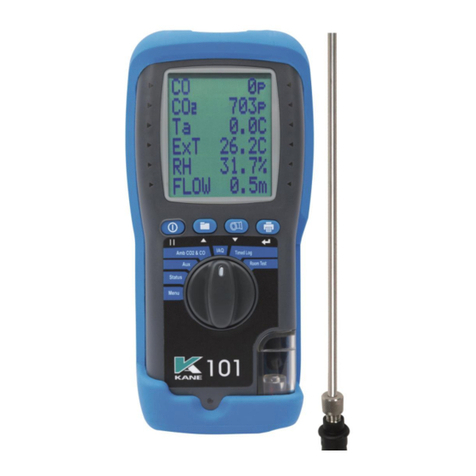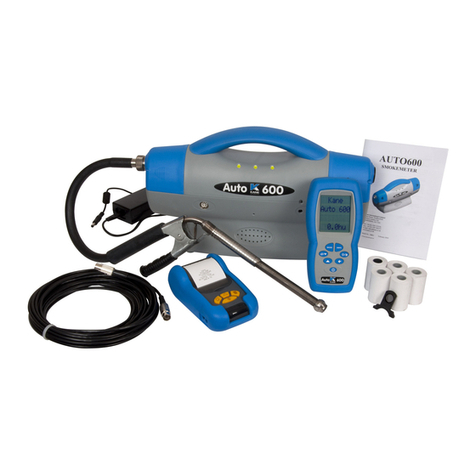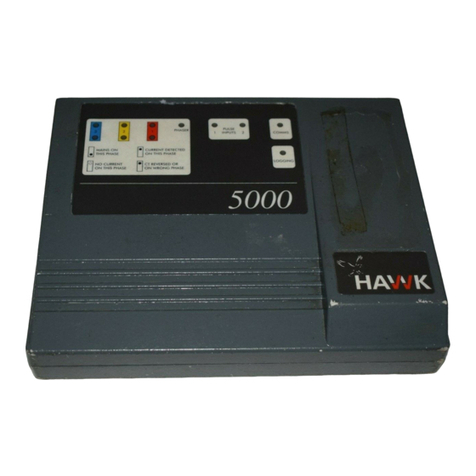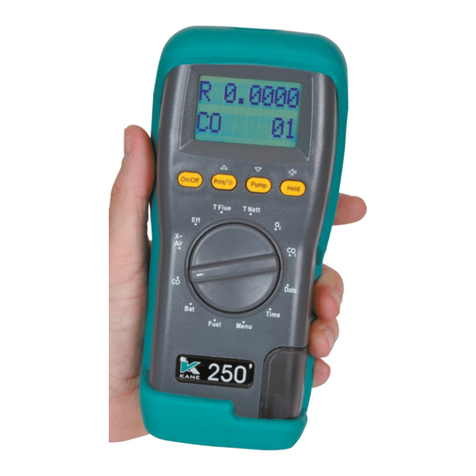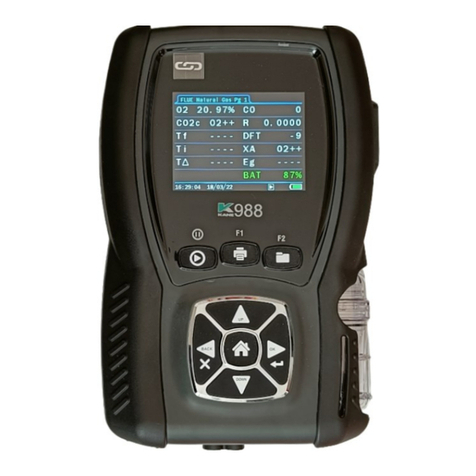- 7 -
2.4 CLEANING
Periodically clean your instrument case using a damp cloth. DO NOT use
abrasive, flammable liquids, cleaning solvents, or strong detergents as
they may damage the finish, impair safety, or affect the reliability of the
structural components.
2.5 EMPTYING AND CLEANING THE IN-LINE WATER TRAP
The integral water trap should be checked and emptied on a regular
basis. Water vapour will condense in the probe line, which may cause
the water trap to fill suddenly if the probe is moved. Care should be taken
at all times.
Carefully unscrew the plug from the
bottom of the water trap housing.
Dispose of the condensate in a suitable
drain, care must be taken as it could be
acidic. If condensate spills onto the skin
or clothing, clean off immediately using
fresh water, seek medical advice of
problems occur. Ensure plug is
replaced before performing combustion
tests.
NOTE: CO2 reading will be low if the Water Trap Plug is not in place.
2.6 CHANGING THE PARTICLE FILTER
This is a very important part of the analyser and should be changed
regularly. It prevents dust and dirt particles from entering pump and
sensors that will cause damage. The filter MUST be changed when it
appears discoloured.
Remove water-trap assembly from the
analyser as shown above. Remove the
filter and plastic holder from the
housing. Discard the filter element but
keep the holder to fit to the new filter.
Clean the inside of the filter housing
with a suitable soft cloth. Fit the holder
onto the new filter element and then
insert into the housing. Refit the
housing onto the analyser.













